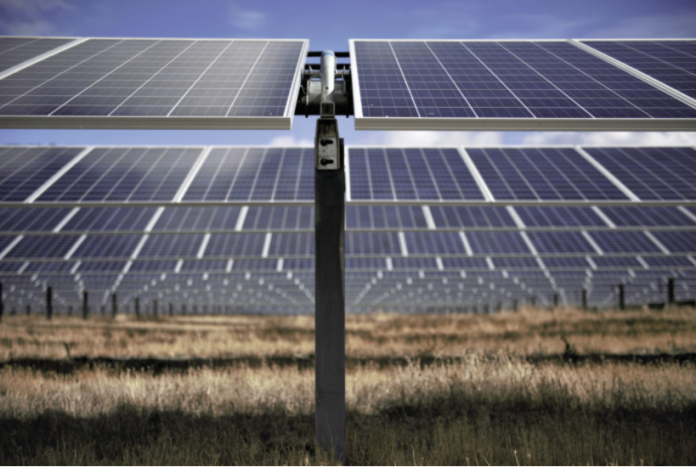Researchers at Thailand’s Asian Institute of Technology have developed a wireless sensing system for the remote operation of off-grid PV installations which feature solar trackers.
Based on the global standard ZigBee 2.4 GHz wireless technology, the system features six sensors for measuring battery terminal voltage; solar voltage; solar current; current to the DC-DC converter; tilt angle of solar panels according to voltage across the potentiometer; and a converter transistor temperature sensor.
The sensors and 12 V rechargeable, sealed lead-acid battery are powered exclusively by the PV system itself, said the researchers.
The spec
The system, which includes two Arduino Uno open-source micro-controller boards, a DC-DC converter circuit and an H-Bridge motor driver, is said to be capable of a range of operations including continuous remote monitoring, remote configuration, remote disabling of battery power to the DC-DC converter and motor, and generating visual alerts.
According to the research team, the system’s XBee ZNet 2.5 module – a radio-frequency device developed to operate with the Zigbee protocol – transmits data wirelessly every 10 minutes including information such as the PV installation’s voltage, current, battery voltage, load current and converter transistor temperature, to another XBee ZNet 2.5 module connected to a computer used by the PV system operator.
“The XBee end device gets the [hourly] data from the XBee coordinator to alter the tilt angle in auto-mode,” stated the system’s developers. “It can also read the data to rotate the tilt of the solar PV panel in manual mode.”
The system, which was tested under moving cloud conditions, is said to be effective in terms of performance, cost and power consumption. It is described in the paper Wireless sensing for a solar power system, published in Digital Communications and Networks.






